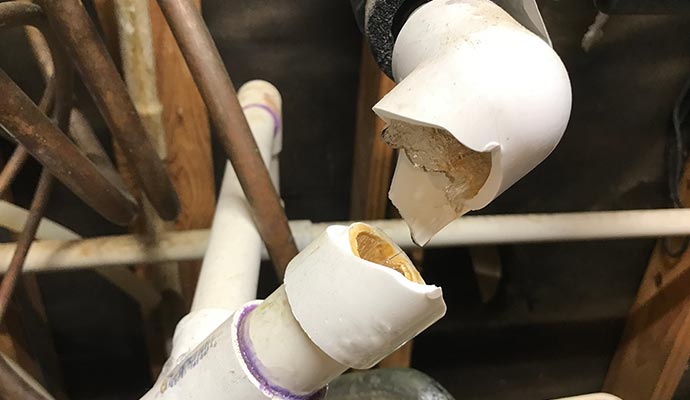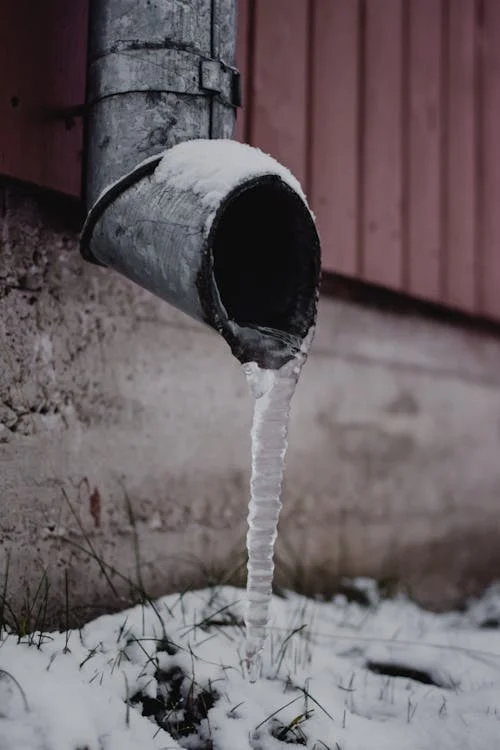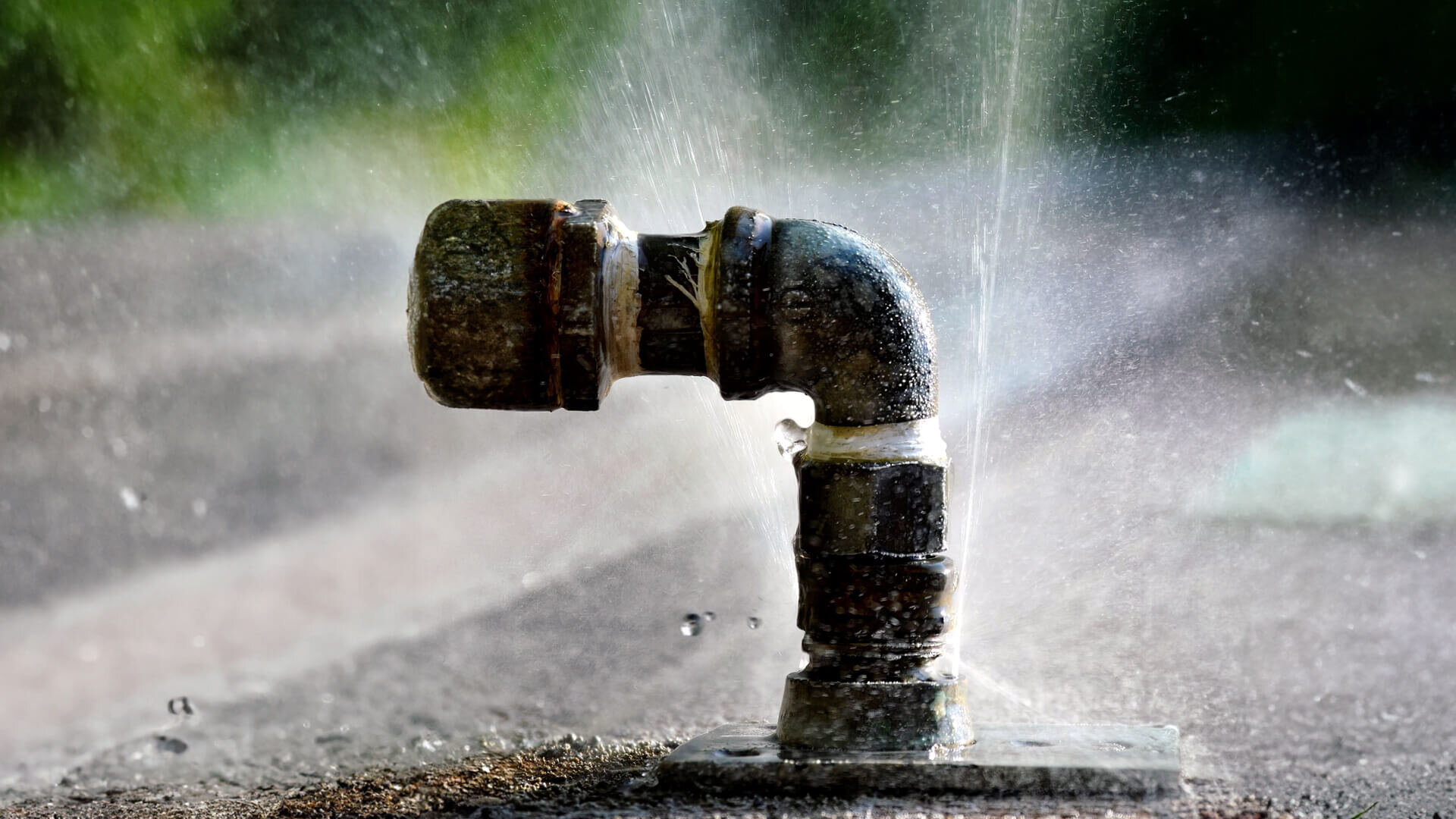Burst Pipe Repair: Professional Solutions to Minimize Damage and Costs
Burst Pipe Repair: Professional Solutions to Minimize Damage and Costs
Blog Article
Preventing Ruptured Pipeline: Essential Tips to Safeguard Your Plumbing
Preventing burst pipes is a vital problem for house owners, especially throughout chillier months when the risk of cold is increased. Applying calculated measures such as appropriate insulation, routine inspections, and keeping regular interior temperatures can substantially lower the probability of pipeline failing. In addition, recognizing emergency treatments furnishes homeowners to react promptly to possible pipes problems. Nevertheless, numerous are not aware of the certain vulnerabilities that their pipes may encounter. Exploring these vulnerabilities can provide indispensable insights right into safeguarding your pipes system effectively.
Understand Pipeline Vulnerabilities
Comprehending pipe susceptabilities is important for reliable pipes maintenance and protecting against costly damages. A number of factors add to the vulnerability of pipes to ruptureds, including material make-up, age, and ecological conditions. Older pipelines, especially those made from galvanized steel or polybutylene, frequently degrade in time, bring about enhanced risk of leakages and tears.
Temperature variations can additionally substantially influence pipeline integrity. In colder climates, water entraped in pipes can ice up, expanding and putting in pressure on the pipe walls, which may inevitably cause a burst. Moreover, high water pressure can strain pipelines, specifically at joints and bends, enhancing the probability of failure.

Insulate Pipeline Appropriately
Proper insulation of pipelines is vital for avoiding cold and succeeding bursts during cool climate (burst pipe). Shielding your plumbing system effectively safeguards against temperature drops that can cause costly damages. Begin by identifying vulnerable locations where pipelines are revealed to exterior temperatures, such as basements, attic rooms, and outside wall surfaces
Use foam pipe insulation sleeves or wrap insulation tape around these areas to provide a safety obstacle. Make certain that all areas of the pipes, particularly those with minimal warmth direct exposure, obtain adequate insulation. Pay unique focus to joints and fittings, as these are a lot more susceptible to cold.
When shielding, it's necessary to pick products that satisfy local structure codes and are suitable for the specific atmosphere. For circumstances, fiberglass insulation is commonly advised for its thermal resistance homes - burst pipe. In addition, take into consideration utilizing warm cable televisions or tape in severe problems, which can be connected in to offer supplemental warm
Routinely check shielded pipelines for any type of indicators of wear or damages, as jeopardized insulation can decrease its effectiveness. By taking these positive measures, you substantially lower the threat of pipeline ruptureds, making sure a reputable pipes system throughout the wintertime months.
Maintain Constant Temperature Level
A steady interior temperature is necessary for stopping burst pipes throughout the icy months. When temperature levels decline, water within pipelines can ice up, creating and broadening stress that might eventually create the pipelines to burst. To alleviate this danger, homeowners ought to keep a consistent temperature level throughout their home, ideally no lower than 55 ° F(13 ° C)Using a programmable thermostat can help handle interior temperatures properly, guaranteeing that spaces with pipes continue to be warm also when your house is unoccupied. Pay unique attention to areas that are extra susceptible to cold, such as attics, cellars, and garages. Maintaining cabinet doors open under sinks can also permit warmer air from the home to flow around plumbing.
This small circulation of water can protect against cold by reducing stress within the pipes. By executing these methods, homeowners can substantially lower the risk of pipe ruptureds and secure their plumbing systems versus the severe winter months components.
Routinely Inspect Plumbing
Regular evaluations of pipes systems are important for protecting against burst pipes and keeping total home stability. During these inspections, it is important to check out visible pipes for indicators of rust, leaks, or wear.
Additionally, checking connections and joints is crucial, as these factors are commonly susceptible to leakages. Homeowners need to also assess water stress degrees, as too much pressure can strain the pipes system and raise the danger of pipe bursts.
Think about scheduling professional pipes assessments at least when a year, especially prior to winter season, to guarantee your system is prepared for chillier temperatures. By being aggressive in your technique, you can protect your home versus the turbulent and costly repercussions of ruptured pipes.
Know Emergency Situation Treatments
Comprehending emergency procedures is vital for every house owner, especially after performing routine plumbing assessments. Being prepared for a pipes emergency can significantly minimize damage and conserve prices.
Following, keep essential devices handy. A plumbing emergency situation package need to include a wrench, plunger, and towels, in addition to a flashlight and a pail for official source tiny leakages. In addition, consider having the contact info for a trusted plumber conveniently offered, must the situation intensify beyond your control.
If you discover a leak or ruptured pipe, immediately transform off the water supply and notify your plumber. Record the damage with photographs for insurance purposes. Recognize the indications of potential plumbing problems, such as unusual water pressure fluctuations or damp places on wall surfaces
Eventually, proactive understanding and speedy action are essential in handling pipes emergency situations, ensuring your home stays secured and lessening possible damages.

Verdict
In verdict, avoiding ruptured pipelines requires a multifaceted method that includes understanding pipeline more tips here susceptabilities, appropriate insulation, keeping consistent interior temperature levels, normal inspections, and knowledge of emergency situation procedures. By implementing these crucial approaches, the risk of plumbing failures can be dramatically minimized, thereby making sure the long life and efficiency of the plumbing system. Positive steps not only secure versus prospective damages but also add to general water conservation and the security of residential or commercial property.
In colder environments, water entraped in pipes can freeze, putting in and expanding stress read the article on the pipe walls, which may inevitably lead to a burst. When temperatures decrease, water within pipelines can ice up, producing and expanding stress that might ultimately trigger the pipelines to ruptured. By carrying out these methods, homeowners can considerably decrease the danger of pipeline ruptureds and safeguard their plumbing systems against the extreme winter aspects.

Report this page